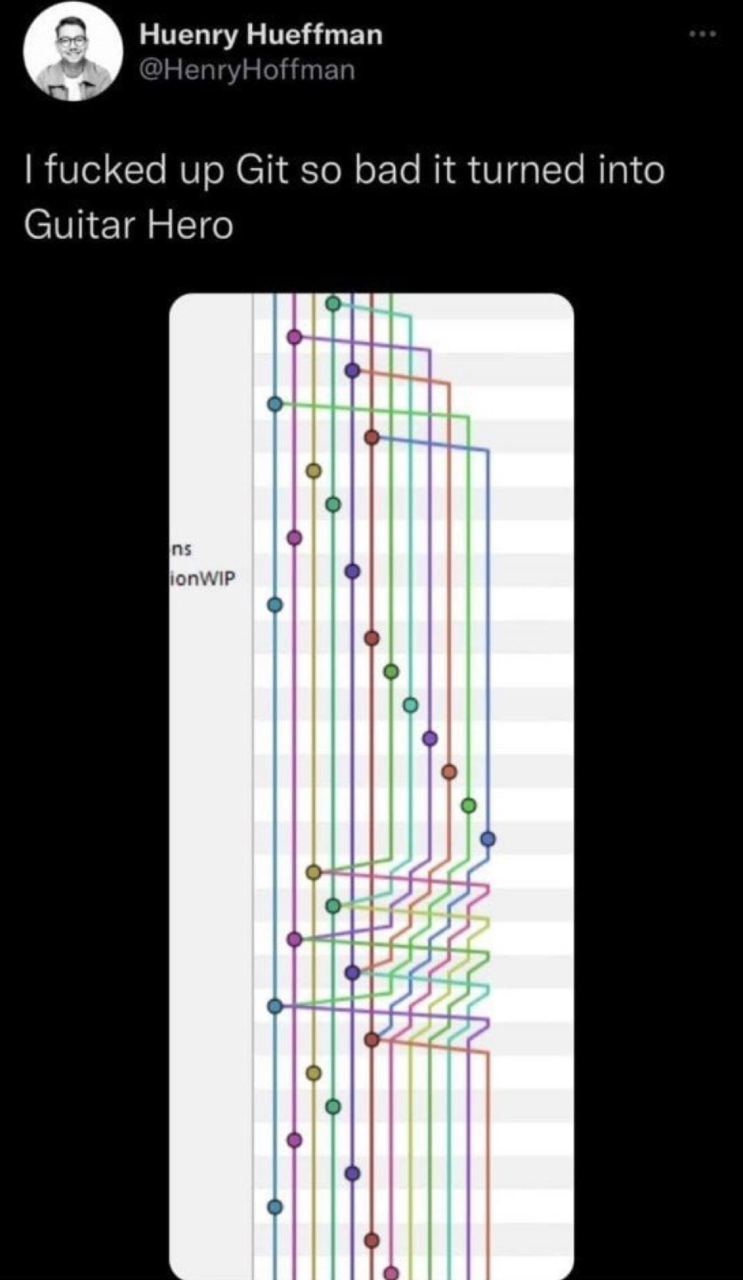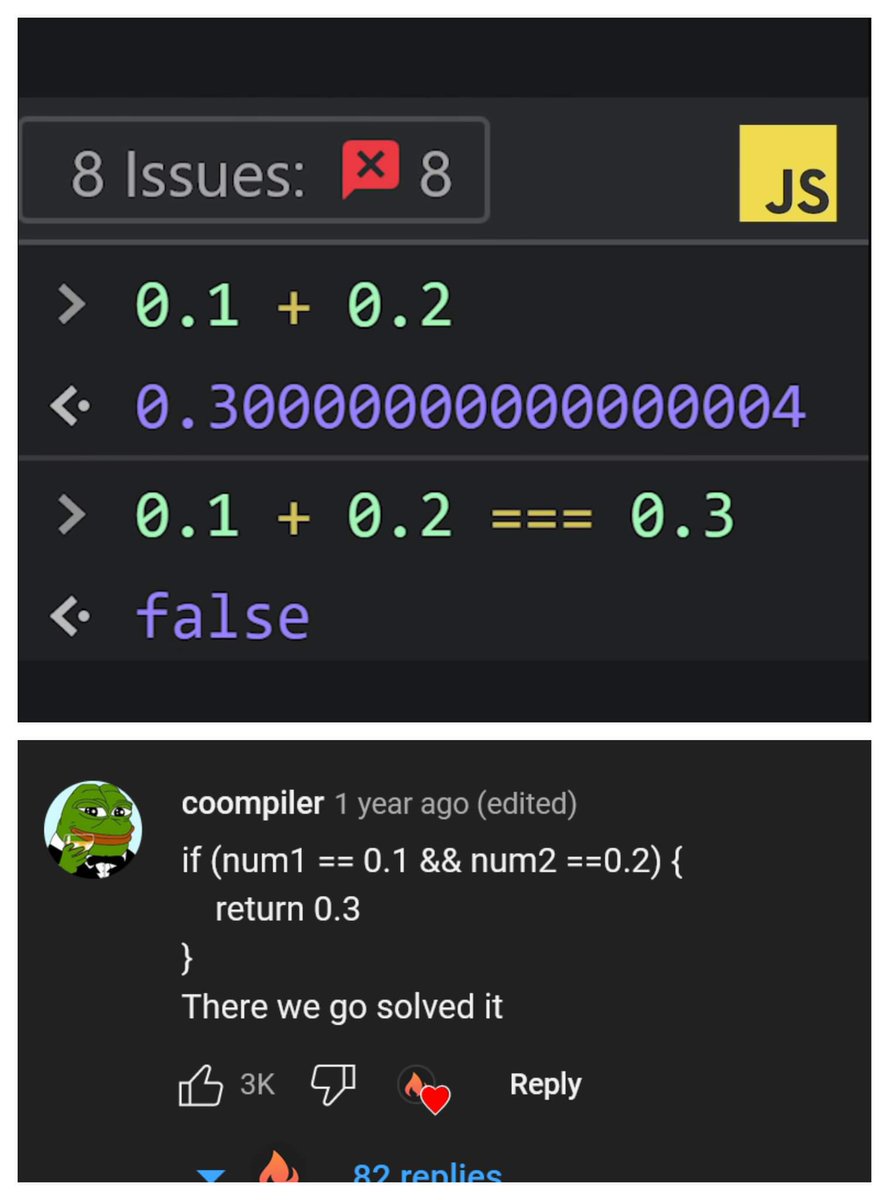TL;DR (by GPT-4 🤖)
The article discusses the concept of building autonomous agents powered by Large Language Models (LLMs), such as AutoGPT, GPT-Engineer, and BabAGI. These agents use LLMs as their core controller, with key components including planning, memory, and tool use. Planning involves breaking down tasks into manageable subgoals and self-reflecting on past actions to improve future steps. Memory refers to the agent's ability to utilize short-term memory for in-context learning and long-term memory for retaining and recalling information. Tool use allows the agent to call external APIs for additional information. The article also discusses various techniques and frameworks for task decomposition and self-reflection, different types of memory, and the use of external tools to extend the agent's capabilities. It concludes with case studies of LLM-empowered agents for scientific discovery.
Notes (by GPT-4 🤖)
LLM Powered Autonomous Agents
- The article discusses the concept of building agents with Large Language Models (LLMs) as their core controller, with examples such as AutoGPT, GPT-Engineer, and BabAGI. LLMs have the potential to be powerful general problem solvers.
Agent System Overview
- The LLM functions as the agent’s brain in an LLM-powered autonomous agent system, complemented by several key components:
- Planning: The agent breaks down large tasks into smaller subgoals and can self-reflect on past actions to improve future steps.
- Memory: The agent utilizes short-term memory for in-context learning and long-term memory to retain and recall information over extended periods.
- Tool use: The agent can call external APIs for extra information that is missing from the model weights.
Component One: Planning
- Task Decomposition: Techniques like Chain of Thought (CoT) and Tree of Thoughts are used to break down complex tasks into simpler steps.
- Self-Reflection: Frameworks like ReAct and Reflexion allow the agent to refine past action decisions and correct previous mistakes. Chain of Hindsight (CoH) and Algorithm Distillation (AD) are methods that encourage the model to improve on its own outputs.
Component Two: Memory
- The article discusses the different types of memory in human brains and how they can be mapped to the functions of an LLM. It also discusses Maximum Inner Product Search (MIPS) for fast retrieval from the external memory.
Tool Use
- The agent can use external tools to extend its capabilities. Examples include MRKL, TALM, Toolformer, ChatGPT Plugins, OpenAI API function calling, and HuggingGPT.
- API-Bank is a benchmark for evaluating the performance of tool-augmented LLMs.
Case Studies
- The article presents case studies of LLM-empowered agents for scientific discovery, such as ChemCrow and a system developed by Boiko et al. (2023). These agents can handle autonomous design, planning, and performance of complex scientific experiments.




Currently it's only possible by replying to your own comment and mentioning the bot in it.